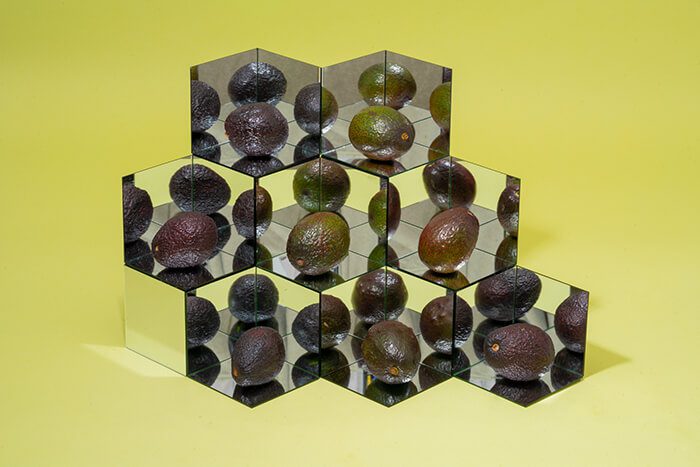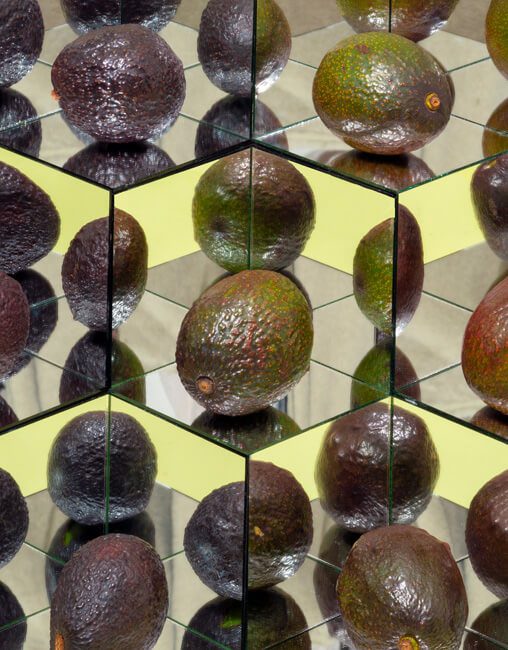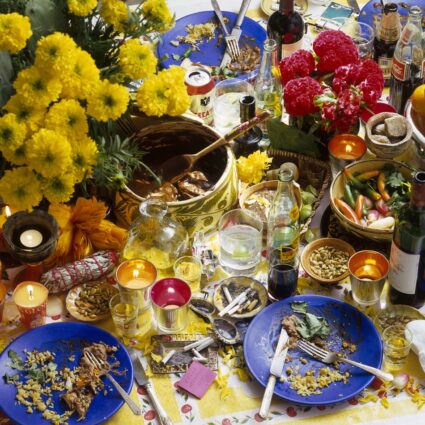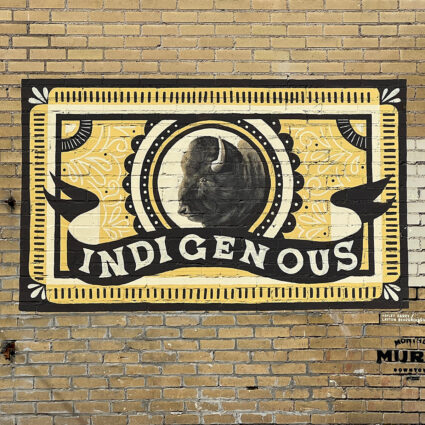d. ward contemplates the color of an avocado, brought forth by The Modern Lovers, whether it’s the Brogden variety or a greater reflection on the Artworld-Industrial Complex.

In the song “Pablo Picasso” by The Modern Lovers, Jonathan Richman reports that “the girls would turn the color of an avocado/when [Picasso] drove down their streets in his Eldorado.” But one wonders: what is the “color of an avocado” in this scenario? This statement appears to be metaphorical, so the color need not be one that girls might turn. So instead, let’s look to the avocado, the material fruit itself, to probe how this ideal color appears to the mind’s eye. Of course, this color will be unique to each mind’s eye, so let’s simply inquire about the possibilities and avoid absolutes for now.
Let’s approach this from the narrow perspective of a consumer of avocados who can buy an avocado from a grocery store. First of all, what part of the avocado holds the color of that avocado? Is it the greenish yellow of the inner flesh one sees having sliced the fruit open on their kitchen counter to spread on a slice of toasted whole-grain sourdough? Or maybe the yellowish green of the outer flesh? Perhaps the nasty grayish color of bruised flesh? Then there’s the skin: the deeper green of an unripe fruit versus the purplish brown of a ripe one. These colors then vary based on species: the popular Hass avocado affords different colors than a Choquette, a Brogden, an Ettinger, a Monroe.
Of course, the colors contained within any given avocado are directly related to the growing conditions of that fruit: the climate, the quality of the soil, the amount of water and sun it received, the care it was given, when it was harvested, how long it took to be transported to the grocery store, and so on. And for the first time in this inquiry, we are reminded that an avocado—and the color thereof—is a product of labor. There’s a whole network of workers involved in producing and conveying the avocado from farm to store to the consumer’s kitchen where its color can be fully experienced.
Now one wonders, how is all of this work reflected in the color of an avocado? Do the labor conditions of a given avocado orchard influence the color of an avocado? If the work days are too long, does the end product change in any way? Do unfair wages add shade to the avocado? What are the ethics involved when an artist, such as Picasso, paints something the color of an avocado? One must wonder, in addition to the Artworld-Industrial Complex, in which networks of exploitation and colonialism does the artist participate?

Commissioned photo by Sarah Palmer. Palmer is a photographer, designer, and creative craftyperson based in Santa Fe. She likes to make new things every day.



